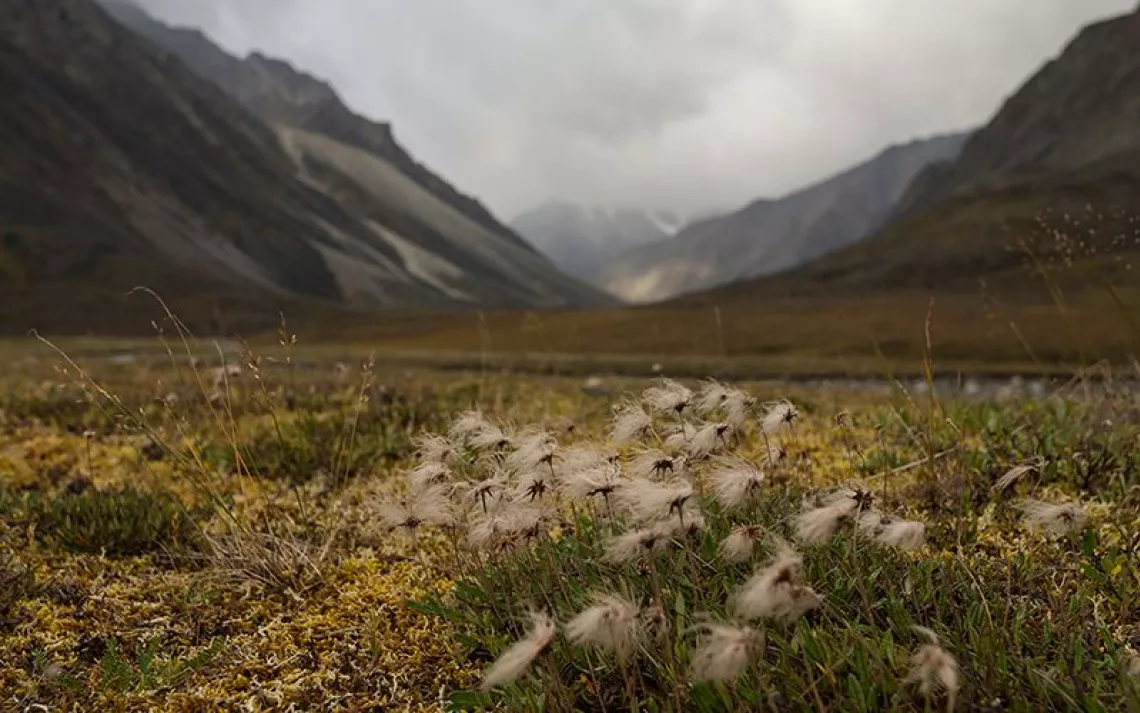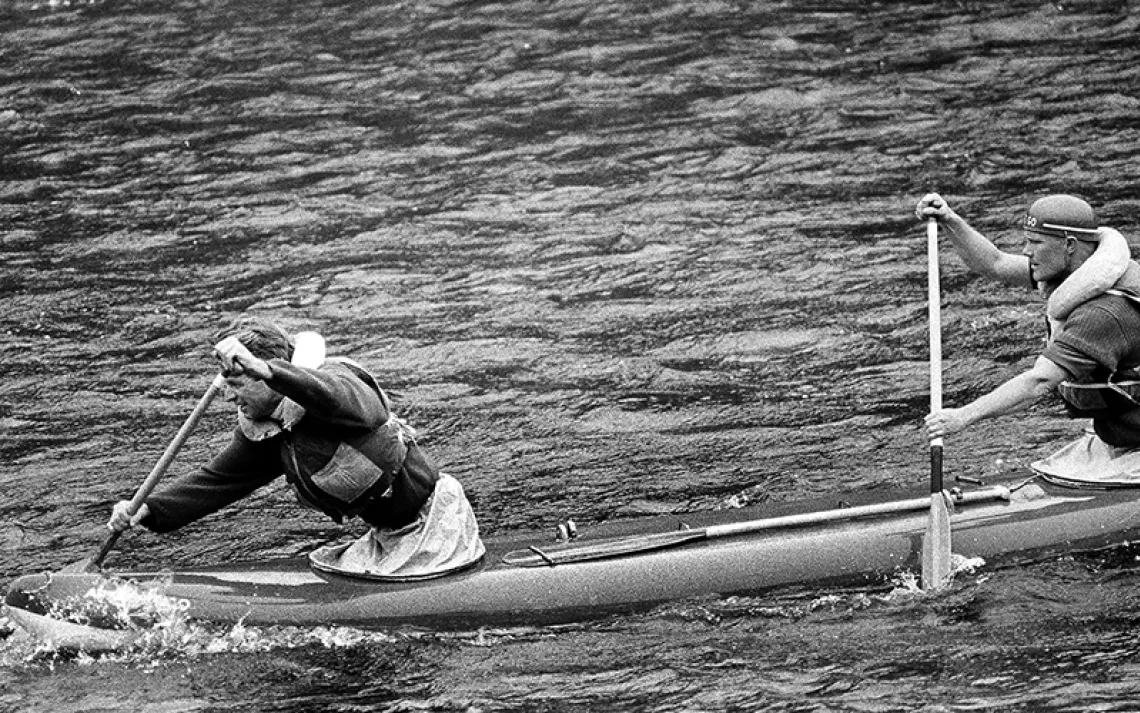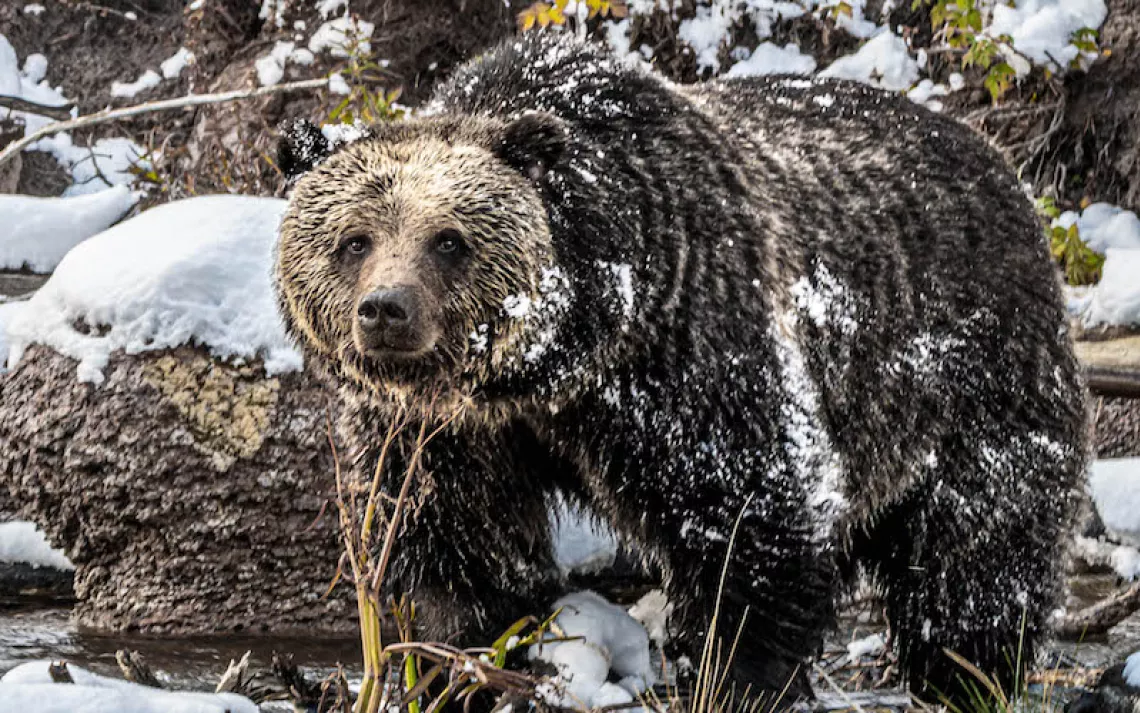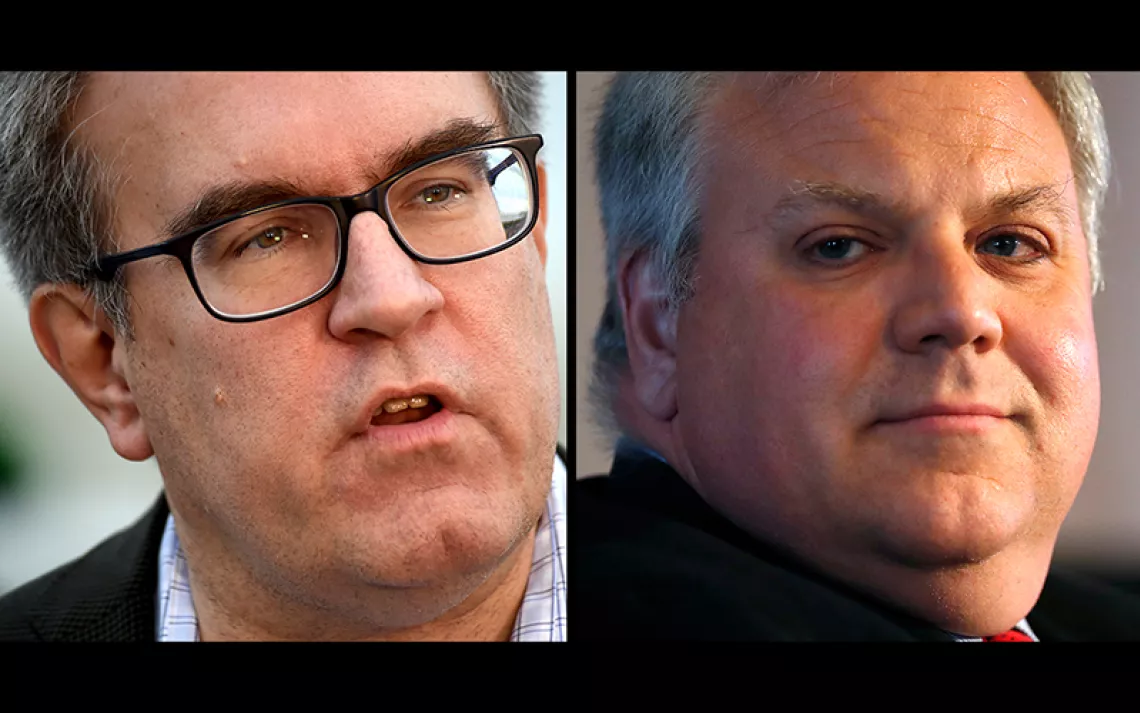Did You Know that Gun Sales Fund State Wildlife Programs?
Taxes on firearms from the 1937 Pittman-Robertson Act help underwrite some state conservation efforts
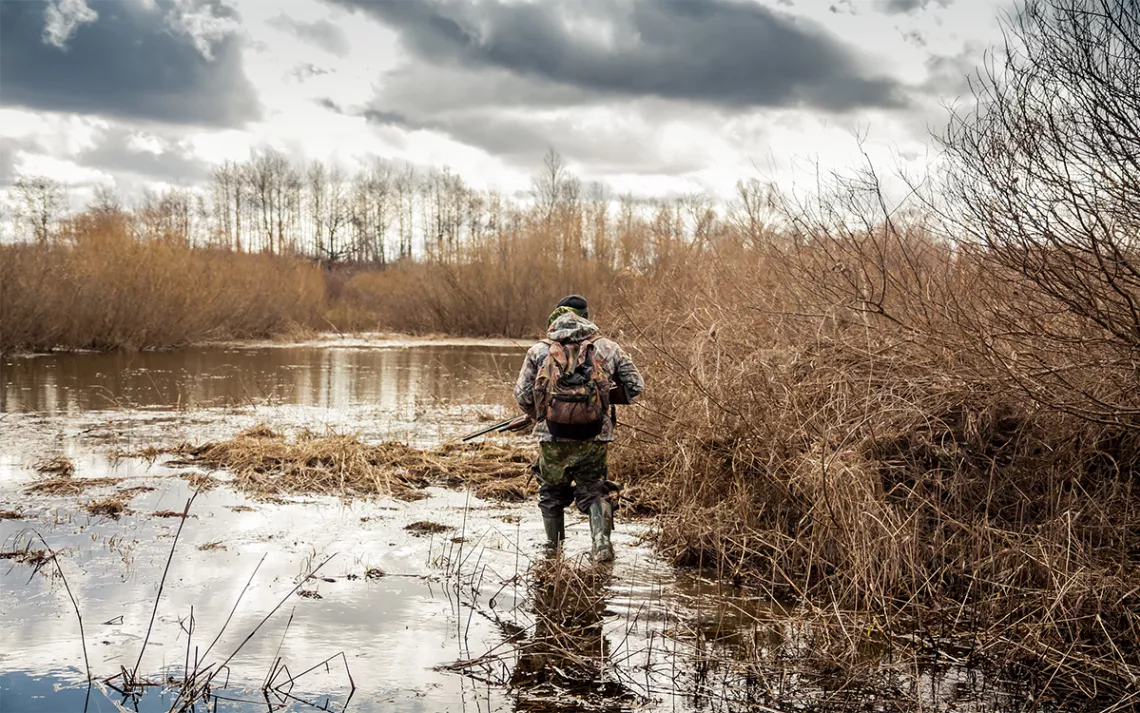
Photo by splendens/iStock
In the weeks since the horrific Valentine’s Day massacre at Marjory Stoneman Douglas High in Parkland, Florida, conversations about gun control have dominated much of the national discourse. All eyes are locked on firearms—who’s buying them and how, and what is the degree to which the gun industry’s dollars play a role in our political system? But here’s something you might have missed: Four days before the March for Our Lives, the federal government distributed $1.1 billion in tax dollars extracted from gun sales to state agencies. The money was earmarked for a specific purpose: wildlife conservation.
This may be surprising, but it isn’t new. The lion’s share of funding for state wildlife conservation programs comes from the sale of guns, ammunition, and other hunting supplies, thanks to an 80-year-old piece of legislation called the Federal Aid in Wildlife Restoration Act, also known as the Pittman-Robertson Act.
The Pittman-Robertson Act puts an 11 percent tax on sales of firearms, firearm ammunition, archery equipment, and arrow components and distributes it to state governments for wildlife projects. When President Franklin Roosevelt signed the act into law in 1937, it redirected an existing tax on firearms and ammunition to the Department of the Interior to fund state programs for habitat management, wildlife surveys, species reintroduction, and hunter education. The “user-play, user-pay” approach to conservation was revolutionary at the time and provided the foundation for what is known as the North American Model of Wildlife Conservation.
“People often say that this funding model for conservation in America is the greatest story never told,” says Ron Regan, executive director of the Association of Fish and Wildlife Agencies. “A lot of people think that fish and wildlife work is funded by taxpayers, when in reality the majority of conservation is funded by sportsmen and -women.”
The rules for distributing and spending Pittman-Robertson funds are carefully written. The Department of the Interior distributes the funds according to a set formula among hunter-education programs, projects that require cooperation across multiple states, and state projects. Each state’s allocation of funds is based on geographic size and the number of licensed hunters in the state for that year. Prior to receiving funds, states must submit to the interior secretary plans detailing how they will spend the money. Once a plan has been approved, the state must be prepared to pay the full cost up front. The states are later reimbursed for up to 75 percent of that cost through the fund; the remaining 25 percent is usually paid through hunting-license sales. To access the funds, states must also guarantee that hunting-license fees will only be used by their fish and game departments. If the money does not get spent after two years, it is re-allocated to the Migratory Bird Conservation Fund.
The Pittman-Robertson Act has been amended several times over the last 80 years—once in the 1970s to add taxes on handguns and archery equipment for hunter-safety classes and shooting ranges and again in 2000 to further streamline management of the funds. But overall, its ethos has remained the same. Just over a decade after its implementation, a similar act was written for sportfishing: the Federal Aid in Sport Fish Restoration Act, otherwise known as the Dingell-Johnson Act.
State wildlife agencies and the country's wildlife-conservation system are heavily dependent on the funds. According to Regan, the combination of Pittman-Robertson, Dingell-Johnson, and state licensing dollars comprise 70 to 75 percent of the average state fish and wildlife agency budget. In March, the Interior Department distributed $1.1 billion in annual national funding for state wildlife agencies from Pittman-Robertson and Dingell-Johnson funds. Over $12 billion has been collected since 1939 for wildlife conservation thanks to the Pittman-Robertson Act alone.
The legislation has yielded significant results for wildlife conservation. Prior to the development of the act, the populations of hunted species like white-tailed deer, wild turkeys, and wood ducks were at an all-time low. The habitat acquisition and improvement made possible by Pittman-Robertson funds bolstered those species and also helped expand the ranges for American black bears, elk, and cougars. Though Pittman-Robertson funds are limited to programs focused on restoring birds and mammals, nongame species benefit from the conservation programs, too. For example, projects in New York to protect grouse, turkey, and deer habitat were also essential to restoring habitat for the endangered Karner blue butterfly.
“Not only has it helped conserve species that were on the brink of extinction, but more broadly the public at large benefits from these Pittman-Robertson dollars,” says Bill Brassard, senior director of communications for the National Shooting Sports Foundation. “It’s not just hunters. It’s hikers, birdwatchers, and anyone who enjoys these great outdoor spaces and appreciates wildlife. People should know that the funds pay for science that makes decisions about wildlife management.”
Some environmental groups, however, are critical of the arrangement. New research shows that hunting-management plans are not always based on sound science, and some animal rights activists argue that the Pittman-Robertson Act skews wildlife-conservation priorities. “The primary problem with the Pittman-Robertson Act is that it is part of a program of wildlife management that prioritizes hunting over meaningful conservation,” Marilyn Kroplick, president of In Defense of Animals, wrote in an email to Sierra. “Linking the funding of conservation directly to hunting ensures that game species and their habitats will receive the majority of aid, with populations of these species at times being kept higher than is ecologically healthy.”
Meanwhile, there is an overriding sentiment among hunters that since they pay the tax, they should reap the rewards, especially in light of dwindling access to lands for hunting due to private development and urban sprawl. “If hunters are paying for the system, why shouldn’t they benefit?” says Whit Fosburgh, president and CEO of the Theodore Roosevelt Conservation Partnership. “We’re losing places to hunt. Hunters are paying into state conservation, so they should be taken care of.”
Though the Trump administration is notoriously gun-friendly and Interior Secretary Ryan Zinke has made hunting access a priority, gun sales have slowed during the last year in what the industry is calling the “Trump slump.” That’s because consumer demand for firearms is tied to whether gun owners believe the government may regulate or remove their weapons. During the Obama administration, for example, gun sales skyrocketed and produced billions more dollars for conservation programs.
But it’s not just gun sales that are on the decline: Interest in hunting has seen a precipitous drop-off as well. A U.S. Fish and Wildlife Service survey shows that today, only about 5 percent of Americans hunt—half of what it was 50 years ago—and the decline is expected to accelerate over the next decade. The downturn is likely to have a significant impact on conservation given that state governments rely on the revenue from new hunting licenses to make the 25 percent funding match required by Pittman-Robertson.
“It could have a really catastrophic impact if the numbers continue to go down,” says Land Tawney, president and CEO of Backcountry Hunters and Anglers. “Hunters have for a long time been the majority of our management and conservation of wild species. There’s a proud history there, but it’s also an opportunity now for others to step up and join hunters in carrying on the conservation legacy.”
States have some options to fill the gap if hunting numbers continue to decline. Some hunters argue that other outdoor-recreation retailers should also have to pay to play on public lands, especially given that the industry is steadily growing. “With the amount of pressures on our natural resources, whether that’s by oil and gas development or urban sprawl or federal policies, it’s time for people to step up,” Tawney adds. “Even if numbers weren’t declining, we still need to expand the pie.”
Even as outdoor enthusiasts have been asking themselves whether their outdoor equipment supports the NRA, environmentalists might want to begin examining some of the virtuous connections between wildlife conservation programs and gun sales. Environmentalists and hunters may have common ground in bringing more nuance to the national conversation about guns.
This article has been updated since publication.
 The Magazine of The Sierra Club
The Magazine of The Sierra Club
